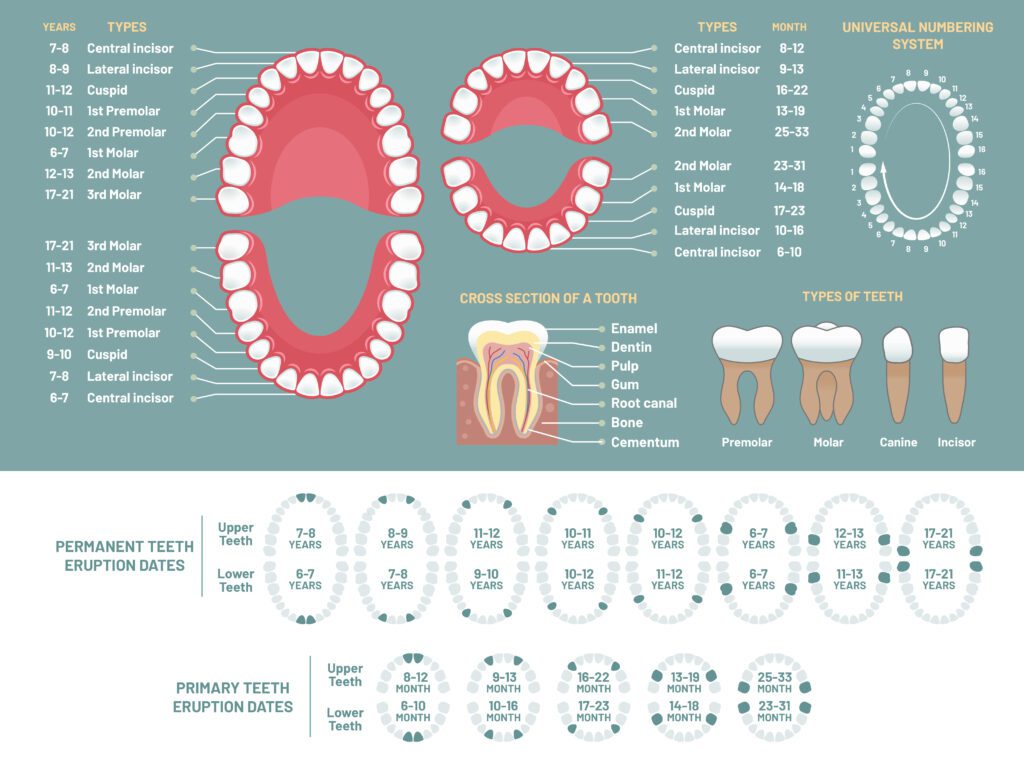Introduction
The medical sector has been revolutionized by creating cutting-edge diagnostic and imaging equipment, allowing for a deeper understanding of the human body.
Cone beam computed tomography (CBCT) scanning is one such development that has attracted much interest. This revolutionary imaging technique has changed the face of several areas of medicine, from dentistry to radiology to orthopedics. This article explores the basics, potential applications, benefits, and drawbacks of CBCT scanning so the reader can understand the technology thoroughly.
Understanding CBCT Scanning

Capturing a sequence of X-ray images from various angles, Cone Beam Computed Tomography (CBCT) is an advanced imaging modality that creates detailed 3D images of an object or region.
These images are then processed using complex algorithms to create a high-resolution 3D reconstruction, allowing for a comprehensive analysis of the target area. Unlike traditional computed tomography (CT) scans, which employ a fan-shaped X-ray beam, CBCT utilizes a cone-shaped beam, thus minimizing the radiation exposure to the patient while maximizing image quality.
Applications of CBCT Scanning
Multiple medical fields benefit from CBCT scanning because it provides an unprecedented look inside the human body for doctors and scientists.
Some of its notable applications include:
1. Dentistry
Thanks to the high-resolution 3D pictures it produces, CBCT has completely changed the dental imaging industry. Impacted teeth, root canal complications, and temporomandibular joint abnormalities are some dental conditions that can be identified with their help. CBCT scans’ exact visualization also aids in implant planning and orthodontic treatment.
2. Orthopedics:
CBCT aids orthopedic surgeons in visualizing complex fractures, joint disorders, and skeletal abnormalities. Surgical planning and postoperative evaluations rely on this tool’s precise measurements and spatial information.
3. Radiology:
The sinuses, spine, and blood vessels can all be better seen using CBCT scanning, among other soft tissue and bone structures. Head, neck, and face anomalies might be spotted with its help.
4. Ear, Nose, and Throat (ENT) medicine.
CBCT has proven an essential diagnostic tool for otolaryngologists for many head and neck conditions.
It produces high-quality images to aid preoperative evaluation and preparation for sinus and nasal polyp excision procedures.
.
5. Cardiology
Though not as common as other uses, CBCT helps cardiologists see the heart and diagnose some heart problems. However, traditional CT and MRI remain more commonly used in this field.
Benefits of CBCT Scanning
The adoption of CBCT scanning has brought about numerous advantages that set it apart from traditional imaging techniques:
1. High Resolution
Compared to regular X-rays, CBCT’s high-resolution, crystal-clear images allow doctors to spot abnormalities and subtle details that could be missed.
2. Quick Diagnostics Patients have less waiting time and less pain during CBCT scans. In times of crisis, this swiftness is invaluable.
3. Reduced Radiation Exposure
Compared to conventional CT scans, CBCT exposes patients to lower radiation levels due to the cone-shaped beam and focused imaging.
4. Accurate Treatment Planning
By providing accurate measurements and geographical information, CBCT’s 3D reconstructions aid in treatment planning and reduce the potential for complications during surgical operations.
5. Non-Invasive
CBCT scans are non-invasive and do not require contrast agents in most cases, reducing the potential for adverse reactions.
Challenges and Considerations
While CBCT scanning offers numerous benefits, it’s essential to acknowledge specific challenges and considerations associated with the technique:
1. Radiation Dose
Despite lower radiation exposure than traditional CT, CBCT scans involve X-ray radiation. For patients of any age, especially young children and expecting mothers, weighing the risks and benefits thoroughly is essential.
2. Cost
Access to CBCT scanning may be constrained in some healthcare facilities due to the high cost of the necessary equipment and highly trained personnel.
3. Artifact Interference
CBCT images can be affected by artefacts, leading to inaccuracies in diagnosis. These artefacts can arise from patient movement, metal objects, or other factors.
4. Expertise
Interpreting CBCT images requires specialized training. Misinterpretation could lead to inaccurate diagnoses and treatment planning.
Conclusion
It’s undeniable that CBCT scanning, or cone beam computed tomography, has revolutionized medical imaging in many specialities, giving doctors and researchers a potent new tool for making accurate diagnoses and developing effective treatments.
This method is crucial in dentistry, orthopaedics, and radiology because it produces high-quality 3D images while subjecting patients to less radiation.
While challenges like radiation dose and interpretation expertise exist, the benefits of CBCT scanning far outweigh these considerations. This new era of improved healthcare delivery and patient outcomes will be heralded by the growing importance of cone beam computed tomography (CBCT) in medical diagnostics as technology advances.
1. What is CBCT scanning, and how does it differ from traditional CT scans?
Using a cone-shaped X-ray beam, CBCT scanning (short for “Cone Beam Computed Tomography”) creates high-resolution 3D images of an object or area. Imaging the mouth, sinuses, and hands using this method is preferable because of the reduced radiation exposure and improved image quality compared to conventional CT scans.
2. What are the main applications of CBCT scanning?
Numerous medical specialities can benefit from CBCT scanning. Orthodontic treatment planning, root canal evaluation, and implant planning are common uses in dentistry. Further applications include improved head, neck, and facial tissue imaging in radiology and ENT medicine, visualization of fractures and joint disorders in orthopaedics, and enhanced orthopaedics imaging of fractures and joint difficulties.
3. Is CBCT scanning safe in terms of radiation exposure?
Compared to traditional CT scans, CBCT scans generally expose patients to lower radiation levels due to the focused cone-shaped beam. When dealing with pregnant women or small children, radiation exposure is significant. The benefits of the scan are guaranteed to outweigh any risks by the precautions taken by the medical staff.
4. How long does a CBCT scan take to perform?
One of the advantages of CBCT scanning is its efficiency. Depending on the imaged region, the scan usually takes only a few minutes. Rapid imaging makes quicker diagnoses and treatment planning possible, lessening patient discomfort.
5. Can anyone undergo a CBCT scan?
CBCT scans are generally safe for most individuals, but certain factors should be considered. Pregnant women should avoid unnecessary radiation exposure, and patients with metal implants or objects in the scanned area might experience artifacts in the images. Discussing your medical history and any concerns with your healthcare provider before undergoing a CBCT scan is crucial.





